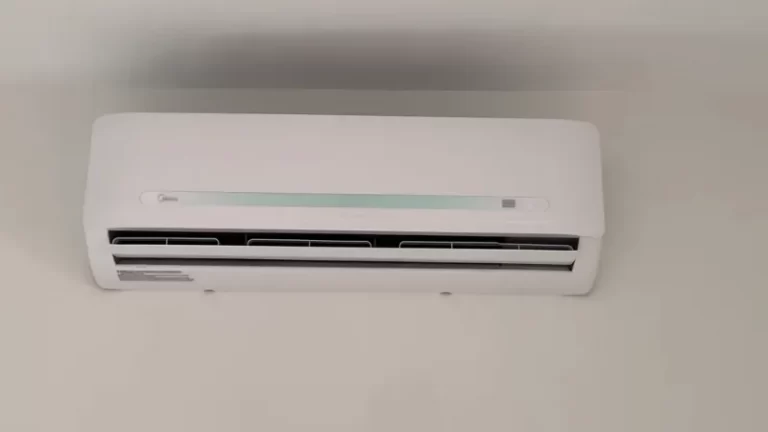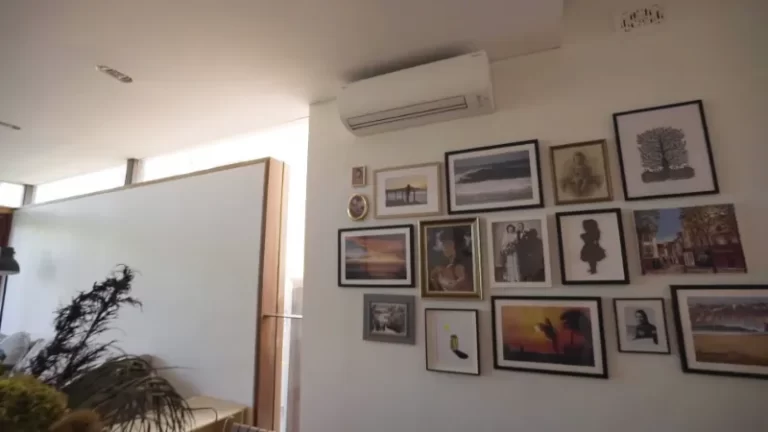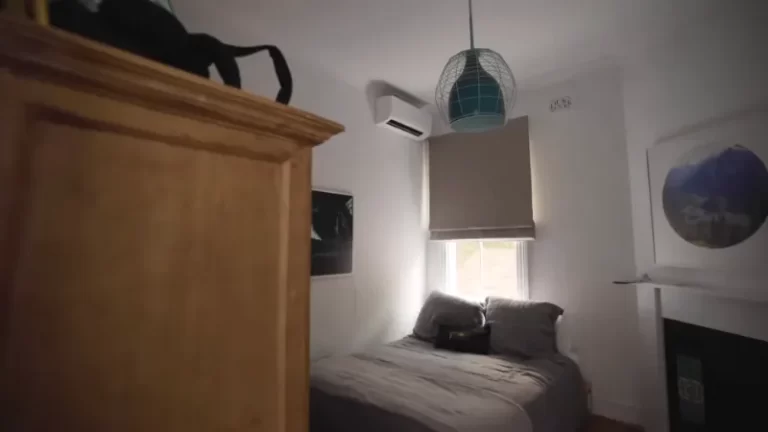How to Hide a Furnace and Water Heater in a Garage
Garages are often more than just a place to park cars; they serve as storage areas, workshops, and utility spaces. One common challenge homeowners face is finding an aesthetically pleasing way to conceal unsightly but essential appliances like the furnace and water heater.
Properly hiding these units can improve the overall appearance of the garage while ensuring they remain accessible and safe to use. This guide will explore several effective methods to hide a furnace and water heater in a garage, considering safety, accessibility, and aesthetics.
Can You Have a Furnace and Water Heater in a Garage?
Yes, you can. But you need to consider some safety and ventilation requirements for that. Let’s discuss further.
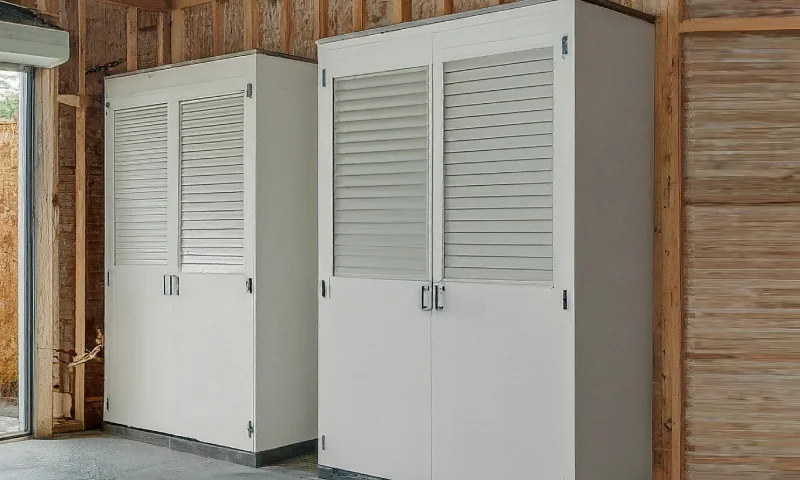
Safety Considerations
Combustion Appliances in Enclosed Spaces
Installing a furnace and water heater in a garage raises safety concerns due to the potential for combustion appliances to produce carbon monoxide (CO) and other harmful gases. Garages typically lack proper ventilation and may contain flammable materials, increasing the risk of fire or gas buildup.
Building Codes and Regulations
Local building codes and regulations often dictate the placement of combustion appliances like furnaces and water heaters. These codes aim to ensure safety by specifying clearances from combustible materials, ventilation requirements, and other safety measures. Violating these codes could result in fines or jeopardize insurance coverage.
Ventilation Requirements
Adequate Air Supply
Furnaces and water heaters require sufficient air supply for combustion and ventilation to remove exhaust gases safely. Garages may not provide adequate ventilation, leading to poor indoor air quality and potential health hazards. Installing vents or openings to the outside may be necessary to meet ventilation requirements.
Risk of Carbon Monoxide Poisoning
Improperly ventilated combustion appliances can release carbon monoxide, a colorless and odorless gas that poses a severe health risk. Carbon monoxide poisoning can lead to symptoms such as headaches, dizziness, nausea, and even death. Adequate ventilation and carbon monoxide detectors are essential safeguards against this danger.
Fire Hazards
Flammable Materials
Garages often contain flammable materials like gasoline, paint, and solvents, increasing the risk of fire when combined with heat-producing appliances. Furnaces and water heaters generate heat during operation, creating a potential fire hazard if proper precautions are not taken to prevent ignition of nearby combustibles.
Clearances and Protection
Maintaining proper clearances between combustion appliances and combustible materials is crucial for fire safety. Additionally, installing barriers or protective measures, such as fire-rated walls or insulation, can help minimize the risk of fire spreading from the garage to the rest of the property.
Compliance with Regulations
Professional Installation and Inspection
Installing a furnace and water heater in a garage should be done by qualified professionals familiar with local building codes and safety standards. Proper installation, including compliance with clearances, ventilation requirements, and other regulations, is essential to ensure the safe operation of these appliances.
Regular Maintenance and Inspections
Regular maintenance and inspections of furnace and water heater systems are necessary to identify and address potential safety issues promptly. This includes checking for leaks, ensuring proper ventilation, and verifying the functionality of safety devices such as pressure relief valves and carbon monoxide detectors.
Methods to Hide a Furnace and Water Heater
Utility Closets
Overview
Creating a utility closet is one of the most effective ways to hide a furnace and water heater. This involves constructing a small room or enclosure around the appliances.
Materials Needed
- Framing lumber (2x4s)
- Drywall or plywood
- Hinged doors or sliding doors
- Insulation (optional, for soundproofing)
- Ventilation grills or louvers
Steps
- Measure and Plan: Measure the space around the furnace and water heater to determine the size of the closet. Plan for adequate clearance as per the appliance manuals.
- Frame the Closet: Use 2×4 lumber to frame the walls of the closet. Ensure the structure is sturdy and well-anchored.
- Install Drywall or Plywood: Attach drywall or plywood to the frame to form the walls. Drywall provides a more finished look, while plywood can be easier to work with and more durable.
- Add Doors: Install hinged or sliding doors to allow easy access. Ensure the doors are large enough to facilitate maintenance work.
- Ventilation: Add ventilation grills or louvers to the doors or walls to ensure proper airflow.
Curtains or Sliding Panels
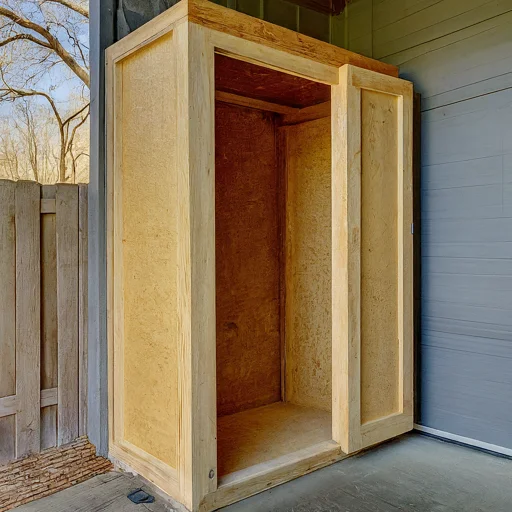
Overview
Curtains or sliding panels provide a flexible and less permanent way to conceal your furnace and water heater. This method is easy to implement and allows for quick access.
Materials Needed
- Curtain rods or tracks
- Heavy-duty curtains or panels
- Hooks or clips for securing curtains
- Sliding door hardware (if using panels)
Steps
- Install Rods or Tracks: Mount curtain rods or tracks on the ceiling or walls around the furnace and water heater area.
- Hang Curtains: Choose heavy-duty, fire-resistant curtains and hang them from the rods or tracks. Ensure the curtains can be easily drawn open or closed.
- Secure Curtains: Use hooks or clips to secure the curtains when closed to prevent them from blowing or being accidentally moved.
Cabinets or Shelving Units
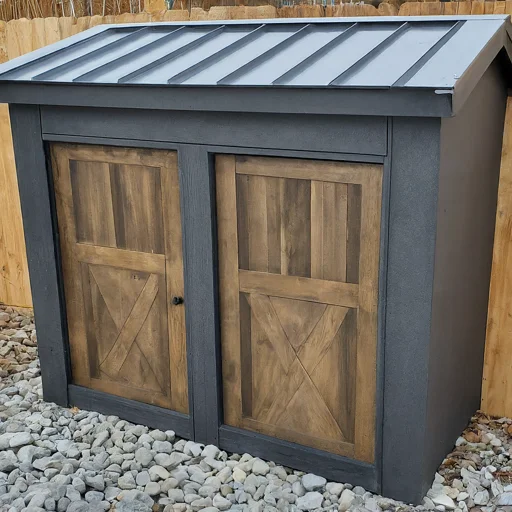
Overview
Building custom cabinets or using prefabricated shelving units can help hide the furnace and water heater while providing additional storage space.
Materials Needed
- Prefabricated cabinets or shelving units
- Custom-built cabinet materials (if building)
- Hinges and handles
- Ventilation panels
Steps
- Choose or Build Cabinets: Select prefabricated cabinets that fit the space or build custom cabinets to suit your needs.
- Install Cabinets: Place the cabinets around the furnace and water heater, ensuring they don’t obstruct ventilation or access.
- Add Ventilation: Incorporate ventilation panels into the cabinet doors to ensure proper airflow.
Decorative Screens
Overview
Decorative screens offer a quick and attractive way to hide your furnace and water heater. They can be easily moved or adjusted as needed.
Materials Needed
- Folding screens or room dividers
- Decorative panels
- Hardware for securing screens (optional)
Steps
- Choose Screens: Select decorative screens or room dividers that match the aesthetic of your garage.
- Position Screens: Place the screens around the furnace and water heater, ensuring they don’t block ventilation.
- Secure Screens: If needed, use hardware to secure the screens in place to prevent them from tipping over.
Built-In Solutions
Overview
For those undertaking larger renovations, incorporating built-in solutions into the garage design can seamlessly hide the furnace and water heater.
Materials Needed
- Building materials matching the existing garage (drywall, lumber, etc.)
- Ventilation grills
- Doors or access panels
Steps
- Design Integration: Plan the layout of the garage to include built-in enclosures for the furnace and water heater.
- Construction: Build the enclosures as part of the garage walls or cabinetry.
- Ventilation and Access: Ensure the built-in solutions include proper ventilation and accessible doors or panels for maintenance.
Optimal Placement for a Garage Furnace and Water Heater
The optimal location for a garage furnace and water heater balances safety, efficiency, and accessibility considerations. Placing the appliances in an area with adequate ventilation, protection from hazards, and proximity to utility connections facilitates installation, maintenance, and compliance with building codes.
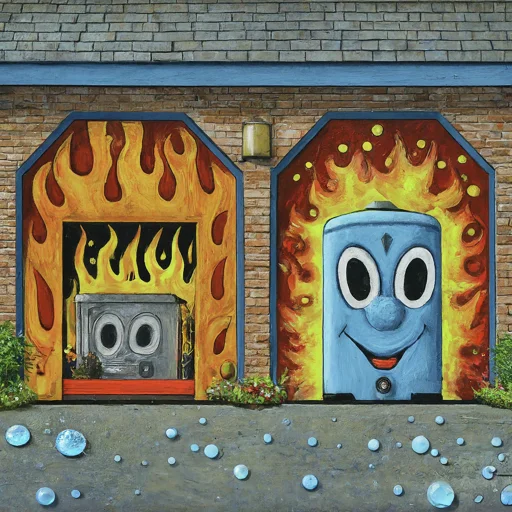
Careful planning and consultation with professionals ensure that the furnace and water heater are positioned appropriately to meet both practical and regulatory requirements.
Safety and Efficiency Factors
Accessibility and Serviceability
Locating the furnace and water heater in an easily accessible area within the garage ensures that maintenance and repairs can be performed efficiently. Adequate space around the appliances allows service technicians to maneuver and access components without difficulty.
Ventilation Considerations
Placing the furnace and water heater near exterior walls or openings allows for better ventilation. This setup facilitates the installation of vents or flues to expel combustion gases safely outside. Proper ventilation reduces the risk of indoor air pollution and carbon monoxide buildup.
Protection from Hazards
Elevated Platform or Mounting
Raising the furnace and water heater off the garage floor on an elevated platform or mounting them securely to the wall helps protect the appliances from potential water damage in case of flooding. Elevated placement also reduces the risk of damage from vehicles or other objects stored in the garage.
Distance from Flammable Materials
Positioning the furnace and water heater away from flammable materials such as gasoline, paint, and stored household items minimizes the risk of fire hazards. Maintaining sufficient clearance between the appliances and combustible materials is essential for safety.
Accessibility for Utilities
Proximity to Gas and Water Lines
Locating the furnace and water heater close to existing gas and water lines simplifies installation and reduces the need for extensive piping or rerouting. Minimizing the distance between the appliances and utility connections ensures efficient operation and reduces installation costs.
Electrical Access
Ensuring easy access to electrical outlets or wiring connections is essential for powering the furnace and water heater. Positioning the appliances near existing electrical infrastructure simplifies installation and eliminates the need for extensive wiring modifications.
Compliance with Building Codes
Adherence to Local Regulations
Following local building codes and regulations regarding the placement of combustion appliances is crucial for safety and compliance. Consulting with building authorities or licensed professionals can help ensure that the furnace and water heater are installed in accordance with applicable codes and standards.
Consideration of Clearances and Codes
Determining the required clearances from walls, ceilings, and combustible materials is essential for code compliance. Adhering to these clearance requirements helps maintain safety and efficiency while preventing violations that could result in fines or insurance issues.
Conclusion
Hiding a furnace and water heater in a garage can significantly enhance the appearance of the space while maintaining functionality and safety. Whether you choose a utility closet, curtains, cabinets, decorative screens, or built-in solutions, it’s essential to consider clearance, ventilation, and accessibility.
By carefully planning and implementing these methods, you can achieve a cleaner, more organized garage that meets your aesthetic and practical needs.

![External Thermostat For A Garage Heater [Wiring, Installation, Maintaince]](https://fixitinthehome.com/wp-content/uploads/2023/02/External-Thermostat-For-A-Garage-Heater-768x432.webp)
